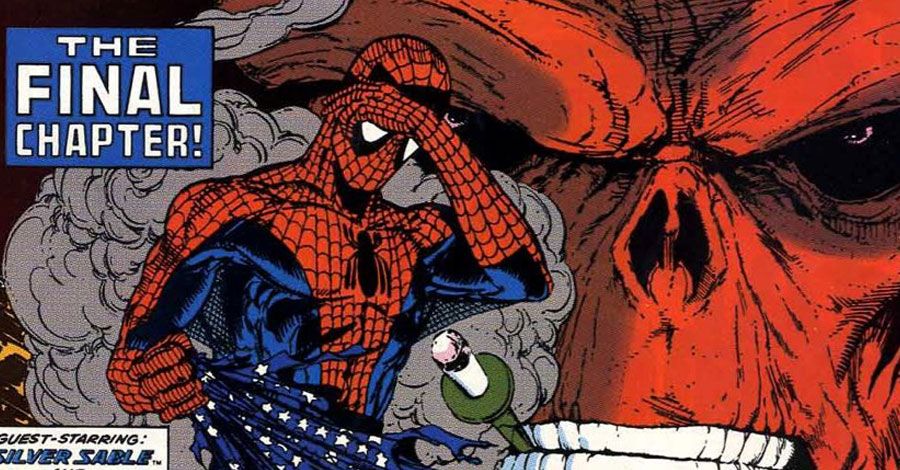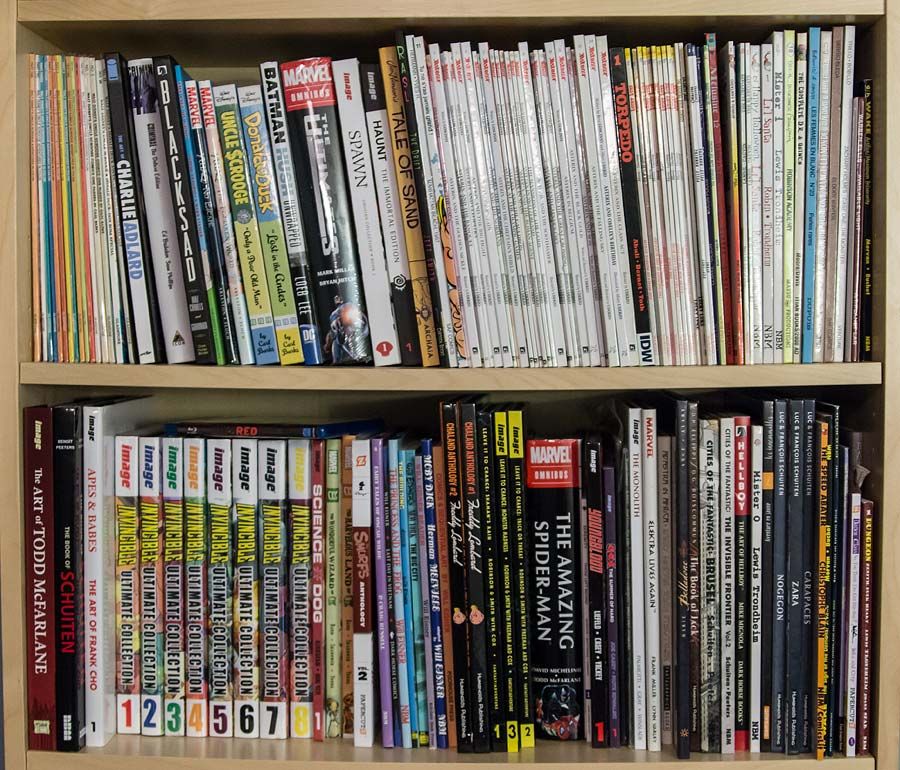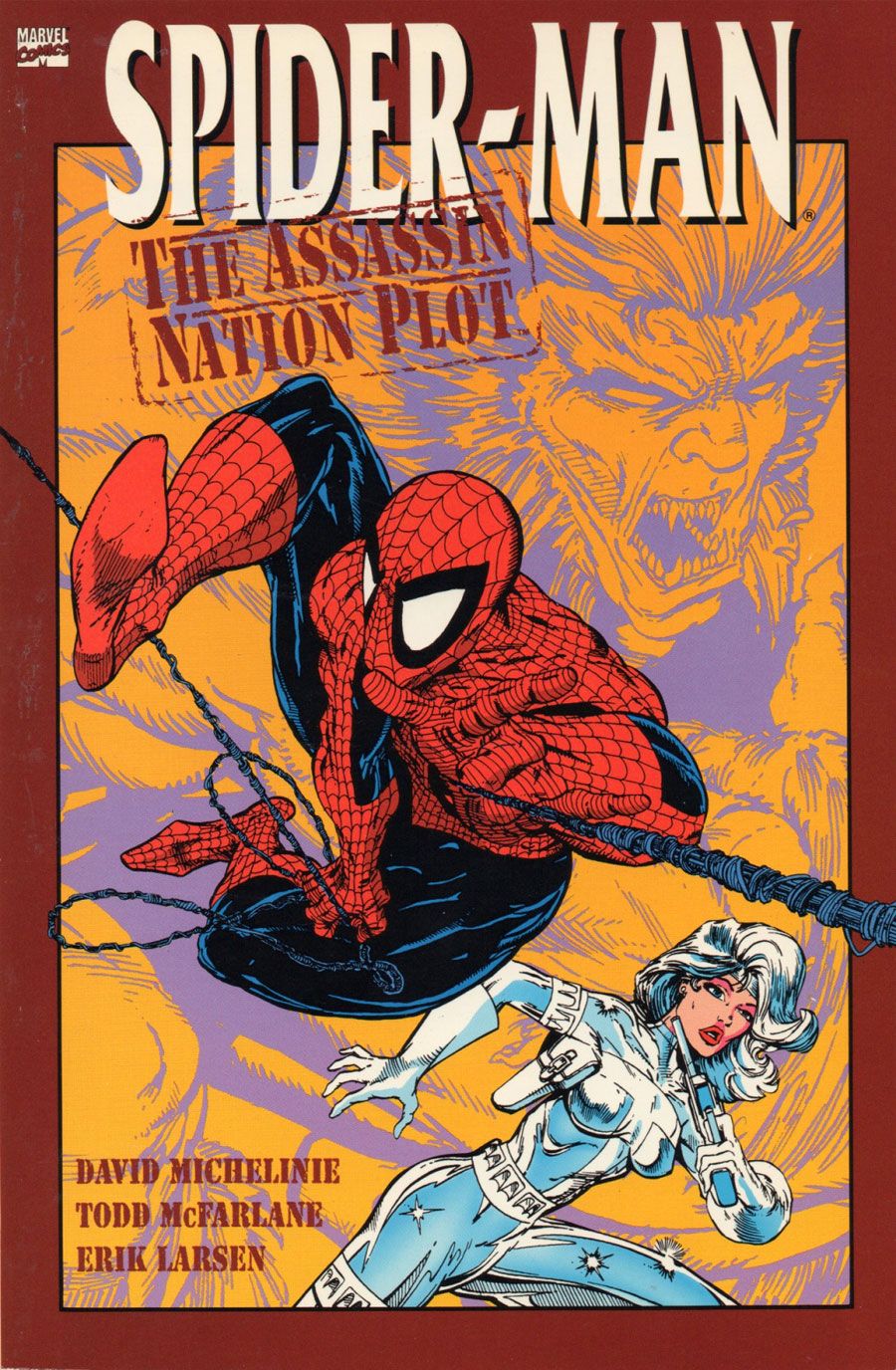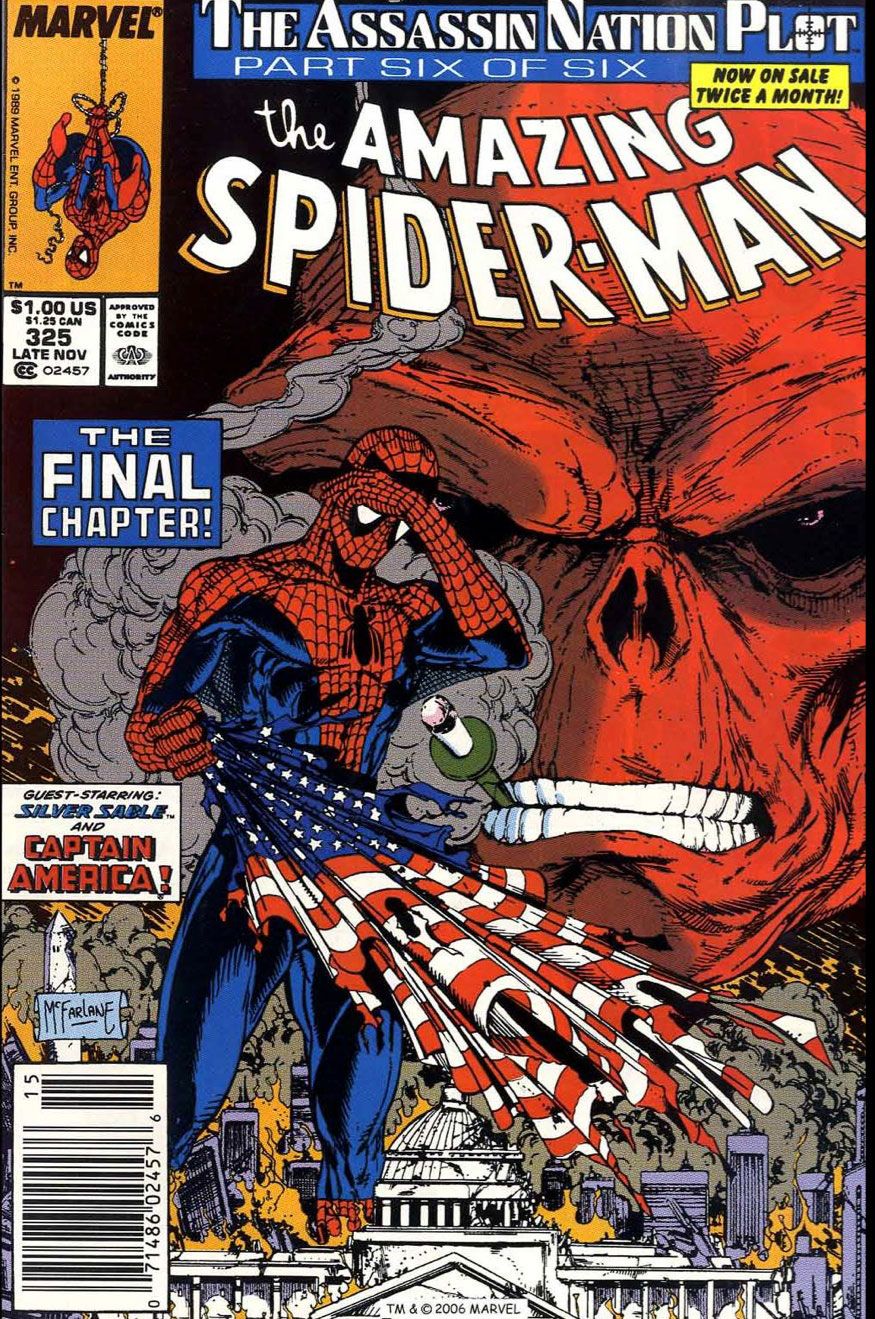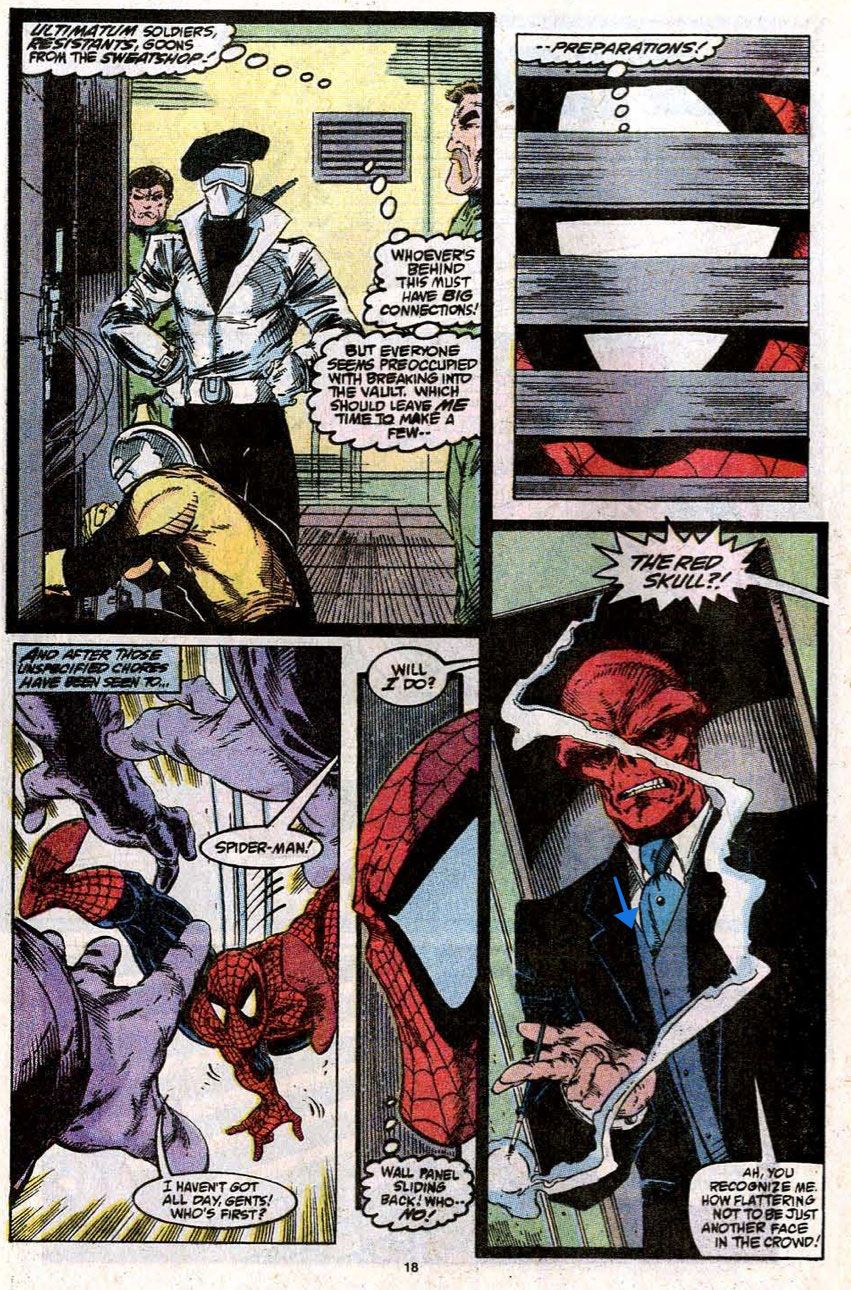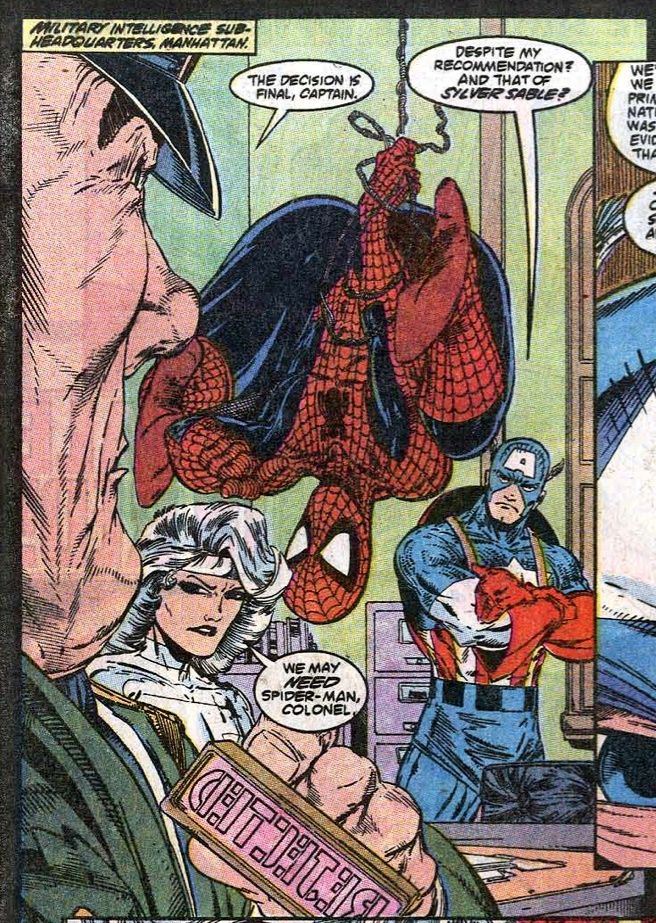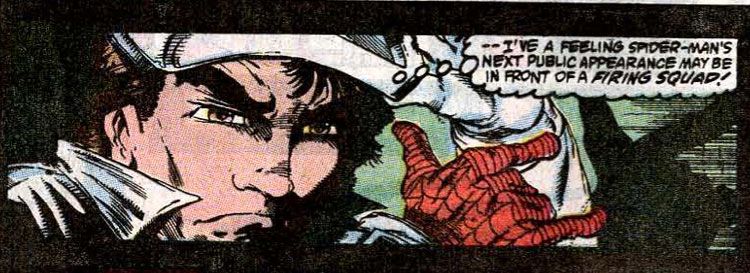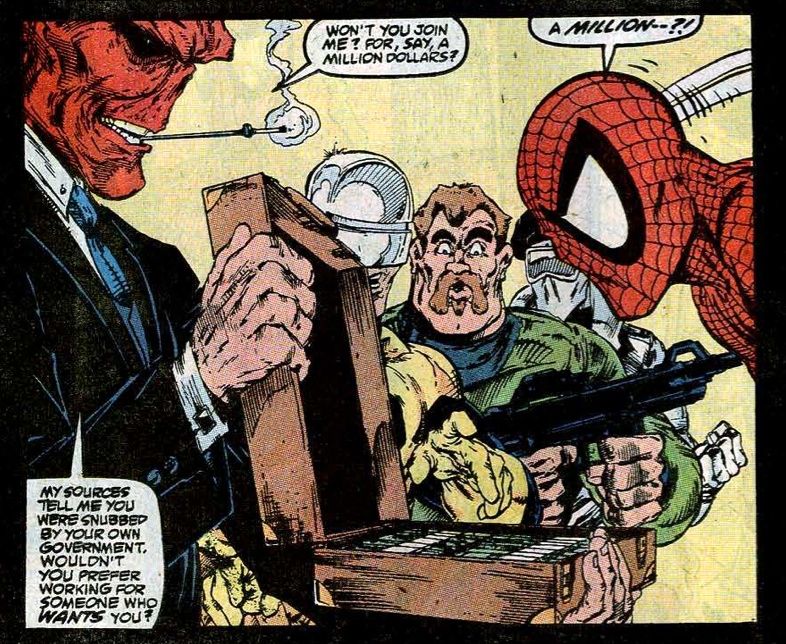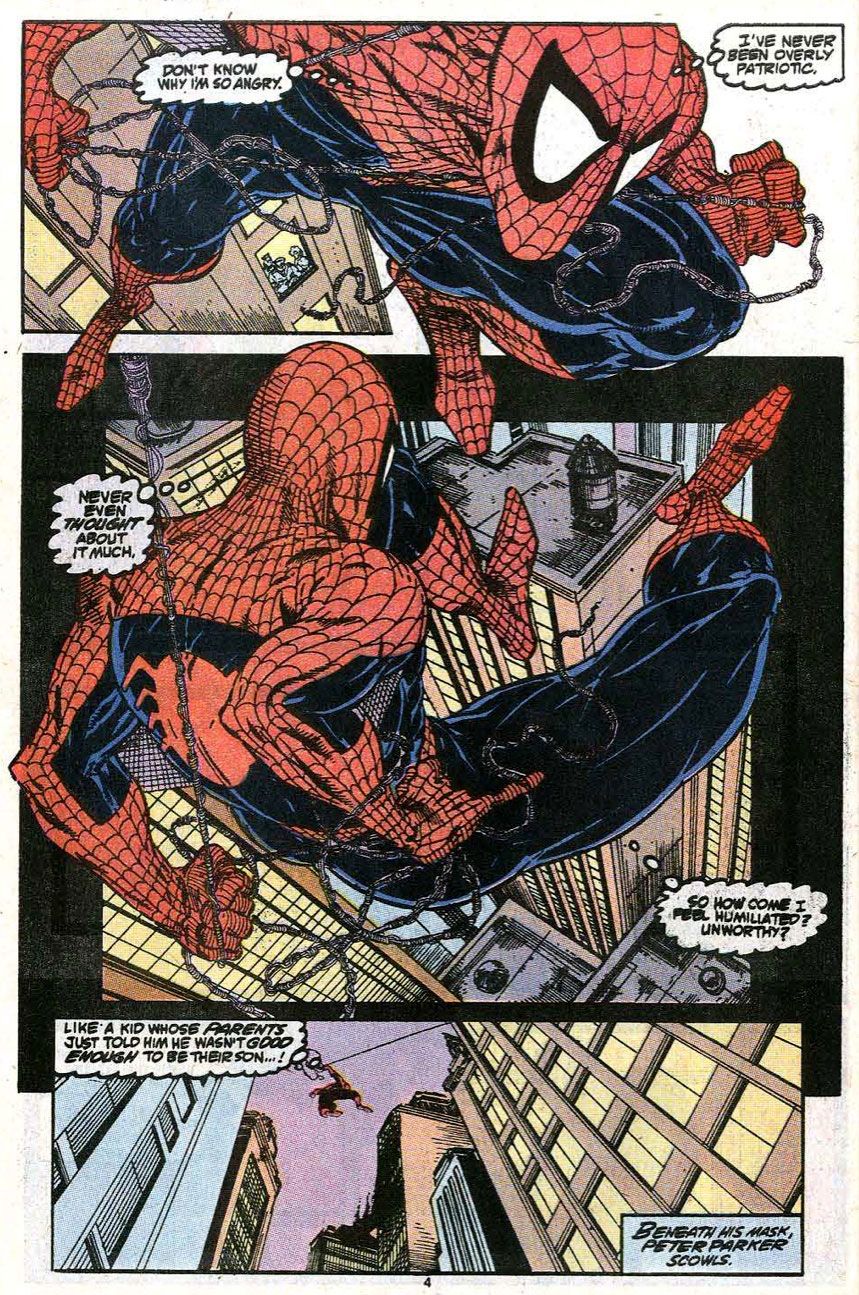THE PURGE II: THE UPDATE
I spent the holiday week at Pipeline World Headquarters cleaning up the comics accumulation in my man cave/den/home office. It had gotten pretty bad. The process took all week. I'm still organizing, but at least I can once again see carpet that's remained hidden for the last six years.
What I learned is that once my collection got so big that I had to move chunks of it into storage about 10 years ago, any sense of organization fell apart. There are series with relatively few issues that I've found chunks of split across six different boxes. What used to be housed in tightly controlled boxes quickly sprawled out into whatever boxes happened to have room in them. The end results were calamitous. To a certain degree, it almost can't be helped. I used to be able to fit all comics written by Peter David or John Byrne, for two examples, into a single longbox. That's not true any more. A Kurt Busiek longbox stretched into a box and a half. Erik Larsen's output packs more than two now, by the time you count up all the "Savage Dragon" tie-ins and his various other work (from "Supreme" to "Defenders" to "Doom Patrol" and more).
When you have easy access to add more boxes and space to put those additional boxes, this problem is a far off thing. I've kept a fairly tight ship in recent years, one that fell victim to putting things in any available space. There was no other room.
Last year, I sold off boxes of mostly collected editions to start thinning out the collection. I repeated that process over the course of the last month. I've dubbed it "The Purge II." It helped. Besides pulling out another 250 collected editions to get rid of, I started yanking out the single issues of things I either already have preferred collected editions of, or things I'll just never read again. I found over 900 comics to box up and move out. That has cleared up lots of space now, though there's still an exponentially larger number of comics in my collection.
I'm excited to see what I'll get rid of in the third round of "The Purge" whenever I get to it. I want to have a more focused collection. It's just going to take some work and time to whittle down 25 years of comics to get there. Some emotional attachments may also need to be broken down.
The process has unearthed some fun runs of titles from the past twenty years I'd love to read again. The material I have sitting in one short box next to my desk right now is enough to carry Pipeline for a couple of months, easily. None rise to the level of doing an Epic Re-Read or McSpidey Chronicles-esque series, but ought to make for some fun trips down memory lane. Once we get through the McSpidey Chronicles and the Epic Re-Read of "All-Star Batman and Robin the Boy Wonder," I'll start in on those.
In the meantime, ask yourself: What comics do you really need? Which ones will you never read again? Which ones are just taking up space? Which ones do you own more than once? Save the trade, ditch the issues. If they're valuable, put them up on eBay and get rid of them. Take that money and invest in a better storage solution. Buy better comics, not more comics.
PODCAST LISTENING UPDATE
While moving those boxes around and flipping through comics, I listened to a lot of podcasts. Two comics podcasts, in particular, have been filling my ears for the last few weeks. It's been a lot of fun to catch up on their back catalog. I've mentioned them both in passing recently, but this seems to be as good a time as any to give them blatant plugs. Both are career-spanning interview shows with comics creators, hosted by folks who once worked at Marvel.
"Let's Talk Comics" is Jim Viscardi's show, updated every Monday. He starts at the beginning, like with the slowest part of Fantagraphics' career-spanning interviews in "The Comics Journal," only less tedious. ("Were your parents creative?" "What was your first comic?") It quickly rolls into the comics bibliography of the creator, delving mostly into how the career has progressed and less into the technical details of how things get done.
It's a great show. Even the episodes with creators I'm less interested in hearing from have made for good listening. The shows tend to run an hour and a half to two hours, with a few longer or shorter ones. Last week's episode with John Romita Jr., for example, was only about a half hour. It mostly concentrated on his current status, though still delved into his early days. Man, watching movies with John Romita Sr. explaining how they work sounds like a fascinating time.
On the other side, Brian Bendis (two parts) and Dan Slott led into shows over two hours in length. It took two parts to get through Rob Liefeld's career, and those podcasts are pure gold.
The guest list is packed with big names in the industry with fascinating stories to tell, so you'll recognize them all, and they're not there just to plug their new project. That comes up, sure, but only as the capper to a nice long discussion. You'll see stretches in the run where you can see how the names line up -- like with two or three artists being interviewed in a short time span after a talk with a writer who's doing books with all of them. That's just good networking, more than anything else.
"Stuff Said" is a monthly show (the 15th of every month) from Gregg Schigiel, a former intern and assistant editor in Tom Brevoort's office at Marvel. It started as an hour-long show, and has since expanded out to about an hour and a half to two hours. His guest list comes from his own connections from his days at Marvel and his various adventures at comic book conventions afterwards, covering folks from Marvel and Image, editors and artists, writers and letterers. It's an impressive array of folks. If you listen to the show in order from the beginning, you'll be able to see the network develop, as Schigiel usually gets into a story of how he and the guest got to know each other in the first place.
There are a few examples of the same guest showing up on both Stuff Said and Let's Talk Comics with a small amount of repetition, but not much. It's worth listening to lots of both. With Schigiel, you'll often get to hear some of the behind the scenes stories from Marvel comics you might have remembered from about 10 or 15 years back when he was working there. It's fun to put those pieces together.
The highlight episode from the series is the talk with his editor, Chris Duffy. The slightly uncomfortable awkwardness of some of the discussion is amongst the most honest podcasting I've ever heard. It's fascinating, truthful, and -- well, it's like sitting in on one of Schigiel's therapy sessions, really. But other bigger names you've probably heard from are also great interviews: Eric Stephenson, Ryan Ottley, Erik Larsen, Mark Waid, Skottie Young, etc.
None of this, by the way, should take away from the still going and long-lasting Word Balloon podcast from John Siuntres, who was an early comics podcaster and the last of us to avoid podfading, really. While ostensibly a similar format -- one host interviewing one guest -- Siuntres has a wider variety of guests and talks more about the most recent developments. When you've been doing it as long as he has, all of those career-spanning interview subjects have been taken already.
Seriously, though, it's great to see the personalities of the hosts guide so much of the interviews in these shows. On paper, they might sound similar, but in reality they're completely different. They each take a different angle on their interviews, most often thanks to the personalities headlining each. It's a great strength of the comics podcasting format that they don't all sound alike, even when they have similar formats. The people running them are allowed to maintain their unique voices. Thank goodness for that.
PIPELINKS FOR THE WEEK OF 06 JANUARY 2015
- As I'm putting this column to bed, IDW has bought Top Shelf. Comics publishing -- particularly in a more niche market like Top Shelf carved out for itself -- is a harrowing and tough business, and I hope this deal helps Chris Staros and the exiting Brett Warnock live more comfortable lives. And thanks to Top Shelf for "Owly" and "From Hell" and the Essex County trilogy and so many other great titles over the years. Thankfully, we can still look forward to what they have coming next, just with an extra logo on the cover!
- I made my return to CNBC last week, though it's just as a Human Quote Machine for a web article, not a talking head for the cable TV station. The topic was Hollywood's impact on movies.
- Am excited for Thursday's Image Expo and what might be announced there.
- At this year's Comicraft New Year's sale, I picked up the "Dash to School" font. My wife is a teacher and I do some signs for her through the course of the year. I think the dashed letters and lines might come in handy.
- It's tough to argue with Comics Beat's choice of Person of the Year being Raina Telgemeier. Besides all the nice things Heidi's piece there says about her and the crazy good numbers her books have sold that put any Marvel and DC writer/artist to shame, she had another big number on the "Comics Are Great!" podcast last week: For her Black Friday sale, she had to sign 5500 books. (Fast forward to about the 7:00 minute mark for that.) Not a bad day's work. Given all her touring and comics education work, I'm sure that's a small percentage of the books she signed over the course of the last year, too.
- Finally, my Deadpool drawing on Instagram proved popular. You all have good taste.
"THE AMAZING SPIDER-MAN" #325: "Finale In Red"
The Big Bad Guy is revealed, and Spider-Man saves the day on his own.
I need to backtrack to the previous issue a little bit before getting to this one.
Let's talk about covers. In the "Assassin Nation Plot" trade paperback, editor Jim Salicrup makes a heartfelt apology for the cover of issue #324, because it depicts an event that never happens in the comic. Spider-Man and Sabretooth never share a scene. The covers had to be done ahead of time; McFarlane knew Sabretooth would be in the issue, so he made his best guess. Salicrup, a fanboy of old, knows what it's like to be lied to by a comic cover and promised never to do it. For that cover, though, he had to eat his words, however unintentional the mistake may have been.
He does not, however, at any point apologize for the contents of this issue's cover, which spoils the Big Bad villain of the entire storyline for you. The first half of this issue is spent trying to track down who that might be. The big surprise is spoiled twice in the issue. First, he's shown on the front cover, like he's always been a part of the storyline. It is, in fact, a failing of the story that there are never any hints as to who it might be. No clues are dropped. The very existence of a Big Bad is barely mentioned.
Second, Red Skull is shown on the last panel of the page. That's no good. Any reader will see that big revelation as soon as they turn to the page. Either David Michelinie or Todd McFarlane should have saved that reveal for the first panel at the top of a page turn. That'd help preserve the surprise until it's meant to be revealed. I'm not sure what the ad breakdown was for this issue, or if it wouldn't have matter because this was a left side page, anyway, but it's a misstep, for sure.
Artistically, it's not he only gaffe. I've spoken in the past of McFarlane's inability to leave the characters any dead space in a given panel. They tend to be barely squeezed into the space allotted them, with limbs and other body parts cleaved unnecessarily in two by panel borders. This issue is filled with examples of that, but this is subtly cringeworthy:
It's cramped. McFarlane tried to fit four characters into a single panel that takes up about a quarter of the page. Smartly, he designed it so that the costumed characters get the most focus. The soldier at the front of the panel helps frame the heroes on the page. But then the heroes are shoved in as best as they can be, and even then there's a tangent problem. Spider-Man is overlapped by Silver Sable's hair, which is good. It helps define who is in front of whom.
It's bad enough that no part of Spider-Man overlaps with Captain America, but he also comes very close without doing it in a couple of spots. (Look at the left knee next to Cap's head, or the left shoulder above Cap's shield.) Without that overlap, the reader's eye is left wondering if Spider-Man and Captain America are at the same distance from the reader and Spider-Man is just a lot bigger? Or is Spider-Man in front of Cap? McFarlane is usually good at leading the eye and creating layers in his art. This mistake is probably an oversight brought on by a rushed production schedule, but it's a mistake nevertheless.
That all said, it's still a well-illustrated issue. McFarlane's Red skull looks great. The suit and tie is dapper, but the skull is well-textured and expressive. The lighting in the book takes a couple steps up in places, most notably in the scene where Peter frees Ultimatum's leader to follow him back to the secret base.
The story is a little too easy. It never feels like Spider-Man is in too much danger, either from the government whose orders he's ignoring, or the bad guy whose laughable goons don't have a chance of hurting him.
To sum the story up, Spider-Man is denied security clearance because he won't unmask and give the U.S. government his name. They can't even prove he's American, other than that he probably pronounces "about" and "project" the American way. This all takes place about 15 years before "Civil War," by the way, though the idea itself isn't terribly new. Chris Claremont used it for mutant registration long before this.
That denial turns out to be for the best. Peter doesn't believe the official story and strikes out on his own, leading the way to The Red Skull, who offers him a million dollars to work for him. Even with the on-going money issues Peter and Mary Jane have been having, we all know Peter wasn't about to accept that, so a fight ensues, Red Skull departs, but Spider-Man survives with the evidence he needs to prevent a war between the States and Symkaria. All ends well.
In a series that relied mostly on one part stories, this exploration into a six parter was interesting. Michelinie did a good job in keeping each issue separate, with its own self-contained story. This was years before writing for the trade would make it more fashionable to just write one long story. Handling it as a series of contained stories gives the reader very specific events and sub-plots to look back on and remember.
And while McFarlane's art slipped in a couple of spots, it wasn't as bad as I was expecting it to be. Having a fill-in issue helped a lot, no doubt. You can really see McFarlane's final Spider-Man art style coming into its own with this issue. It feels like all the noodling lines, speedlines, texture lines, and strong black areas are coming together here, like McFarlane's tool box is filling up to make his style memorable and as recognizable as we think of it today.
Felix Watch: No sightings.
Meta Messages: We have more hand-written messages in Todd McFarlane's hand writing on the first page. The words are obscured heavily, but it looks like this was Todd's hidden message that he was leaving the title:
"It has been... --tention that... McFarlane... will no... doing Spider-Man after two years on the book. He felt the enormous size of his head combined with extremely inflated ego could not allow him to..."
Indeed, his next issue would be his last. We'll get to that next week!
Twitter || E-mail || Instagram || Pipeline Message Board || VariousandSundry.com || AugieShoots.com || Original Art Collection || Google+

